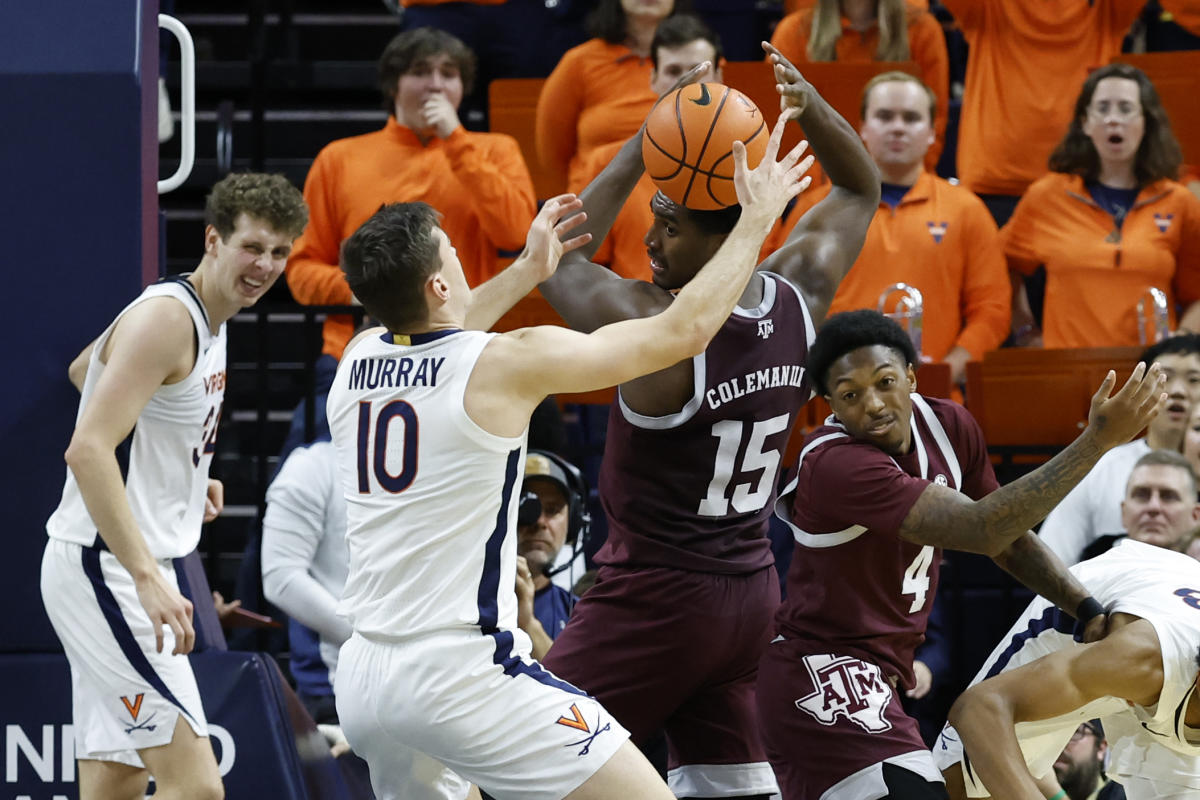Another Week, Another Trap Game: Washington Huskies Overcome Stanford in Pac-12 Showdown
Yet another week of college football action, yet another trap game for the Washington Huskies. This time, it was Stanford who tried to derail Washington’s hopes and dreams of a Pac-12 Championship and a spot in the College Football Playoff. However, the Huskies managed to get their offense back on track and secure a hard-fought 42-33 victory over the Cardinals. In the process, Penix regained momentum in his Heisman campaign. Admittedly, the final offensive stats may look better than the inconsistent play witnessed by the fans. The performance of the defense was concerning, especially considering the numerous injuries on that side of the ball. Nevertheless, they were able to get the job done. These past two weeks have highlighted the reality that being ranked in the top 5 means every opponent will throw everything they have at you to pull off an upset. Furthermore, the depth of the Pac-12 this year means that even teams considered “weak” have the potential to cause an upset on any given Saturday. The 2021 Huskies have proven themselves capable of handling business and weathering the storm, unlike previous seasons (such as 2017 and 2018). It almost seemed as though the team wanted to add an extra dose of spookiness with Halloween just around the corner.
Breaking down the film, we want to focus on a couple of offensive plays that caught our attention as Grubb attempted to get the offense back on track after a disappointing performance against ASU. Both of these plays utilize an RB Seam route out of the backfield, a concept we had used sparingly earlier in the season but not on a consistent basis.
During our first offensive possession, as we entered the red zone, an opportunity presented itself to execute a set-piece shot play. Starting in a 12 personnel 2×2 shotgun formation with Culp and Westover attached and Sam Adams aligned to the boundary, Stanford displayed a 2-high shell, possibly Cover 4 or man coverage based on the shallow safety depth. Before the snap, Penix brought Polk across the formation in jet motion to the boundary from his wide alignment to the field. Grubb aimed to manipulate the defense’s pre-snap checks, either to create a favorable look for the offense or force a declaration of coverage from the defense. In this case, it seemed that Stanford’s typical response to motion when playing Cover 4 is to stay in Cover 4. Some defenses automatically switch to single high coverage shells when they see motion across the formation, particularly motion into the boundary. By bringing Polk in motion, Penix could make a quick pre-snap read to identify the coverage. If the cornerback travels with Polk, it’s likely man coverage. If the safeties rotate into a single high shell, it’s probably Cover 1. If there’s no traveling cornerback or rotating safety, as in this play, Stanford is sticking with some form of Cover 4. It’s worth noting that modern defensive principles require a minimum of even numbers into the boundary and +1 defenders to the field. Therefore, Grubb anticipated that Stanford’s coverages would be challenged due to their defensive alignment. With this in mind, Grubb knew we would have great matchups for our receivers, who could get one-on-one opportunities, and we could afford to protect Penix with a 6-man coverage against seven potential rushers in the box. Grubb called a boundary-side 3 Verts concept, utilizing Polk on a Swing route as a check-down option. Rome ran a clear-out Crosser route to draw the safeties away, Westover ran a Wheel up the sideline to occupy the cornerback, and Adams had the Seam route as the primary read. Adams had a favorable matchup against the ILB, but Stanford’s coverage broke one of the rules of modern defense. By blitzing both ILBs, Stanford was left defending against four receivers with only three defenders. Consequently, Adams found himself wide open for a substantial gain. Even if Stanford had maintained coverage, throwing Adams open to the inside might have allowed him to split the safeties for a touchdown.
Later in the game, we revisited the same concept out of a different formation to exploit Stanford’s Verts coverage out of 2-high coverage shells. This time, we lined up in a 2×1 shotgun formation with Nixon and Culp in the backfield. Stanford again showcased its 2-high coverage shell, and based on the safety alignment, they could have been in Cover 2 zone, Cover 2 Man/2-Man Under, or a version of Cover 4. Without motion to manipulate or tip their hand, we relied on Penix’s post-snap read, our game preparation, and the play design itself to beat all possible coverages. Grubb had likely identified tendencies in Stanford’s game planning that suggested they would predominantly play Cover 4 when in a 2-high shell. Our outside receivers ran outside release hitches, while the Post-Wheel concept from Westover and Culp exploited Stanford’s coverage. This play was perfectly suited to counter Stanford’s defense, highlighting the challenge of defending against Grubb’s play-calling when our offensive line provides solid pass protection. Without motion to influence Stanford’s coverage or alignment, Grubb’s knowledge from game planning or in-game tendencies led him to believe they were in Cover 4. Specifically, they were running a Cover 4 Read call, commonly used against formations featuring two running backs. The cornerbacks were locked in press man coverage, simplifying the zone coverage for the rest of the defense. The safeties read the WR2 to the field (Westover), while the field side slot defender and the field inside linebacker read WR3 (Culp). Our play design exploited this coverage by creating space for Culp’s Seam route and causing a conflict for the field side slot defender. The outside release hitches forced the cornerbacks to focus on the flats, Westover’s Post drew away the field safety, and the combination of Culp’s Seam route and Nixon’s Swing route created a high-low read for the field-side slot defender. Although Tafiti should have carried Culp vertically, the play-action and Nixon’s release to the field kept him underneath for too long, allowing Culp to exploit the favorable matchup. It’s fair to say that Stanford’s coverage fell apart, but the play design itself would have put Culp in a favorable position regardless.
These plays were integral to our offense earlier in the season when we had a full complement of healthy players and teams were more focused on coverage rather than pressuring us. Grubb has these plays in his repertoire and can call upon them whenever needed.

Alex Martin is your guide to the global phenomenon of football. With a focus on international leagues and tournaments, he provides match commentary, player interviews, and behind-the-scenes stories from the world of football.

:no_upscale()/cdn.vox-cdn.com/uploads/chorus_image/image/72817161/usa_today_21766768.0.jpg)


:no_upscale()/cdn.vox-cdn.com/uploads/chorus_image/image/72931262/usa_today_21973134.0.jpg)


